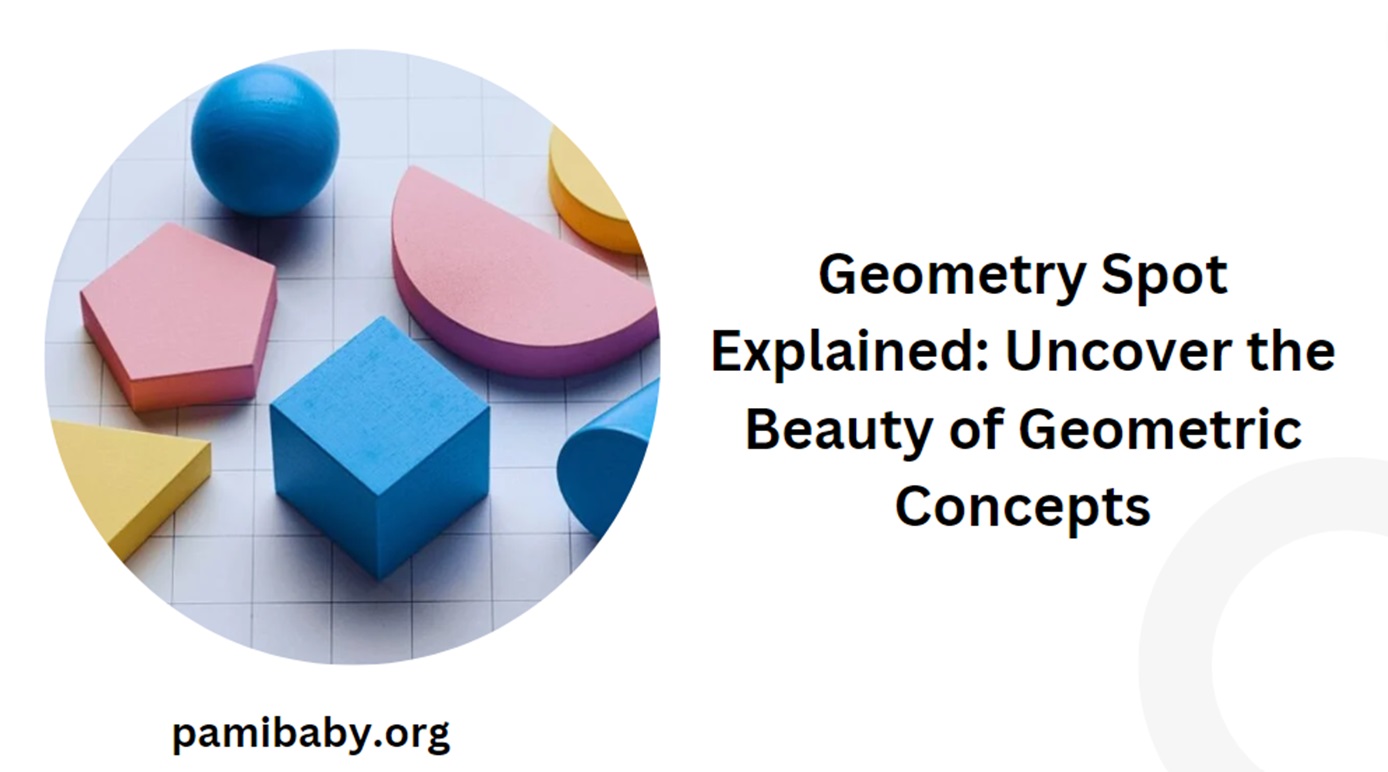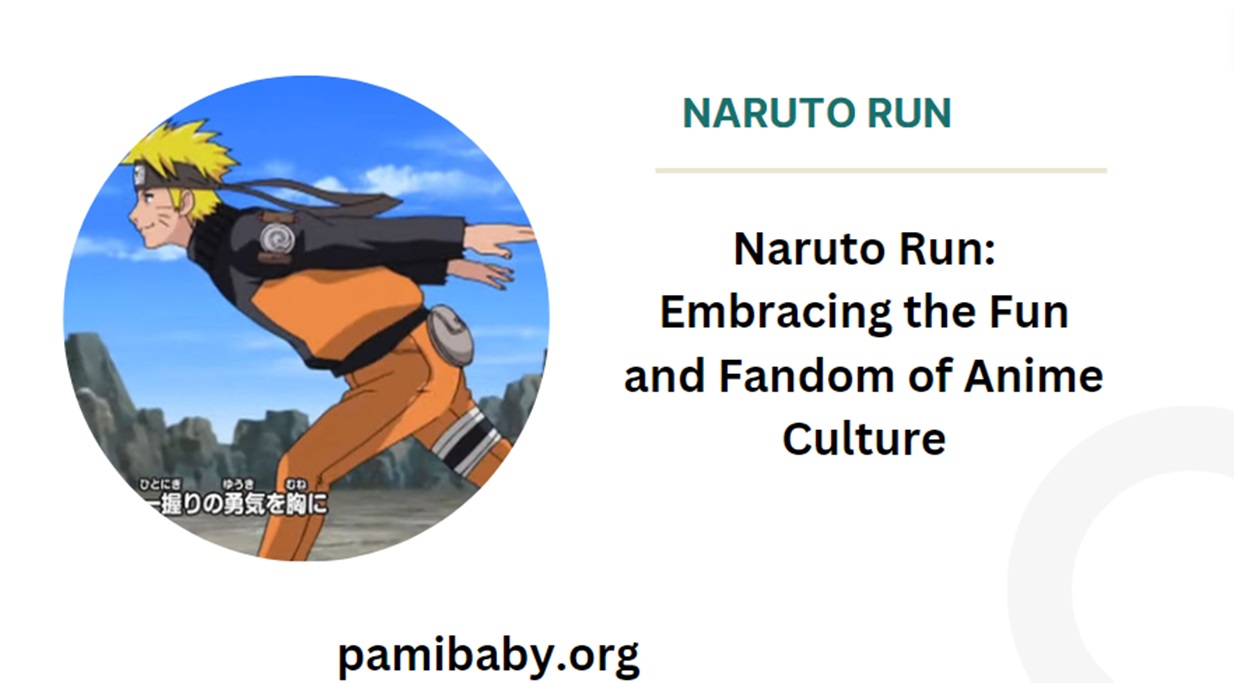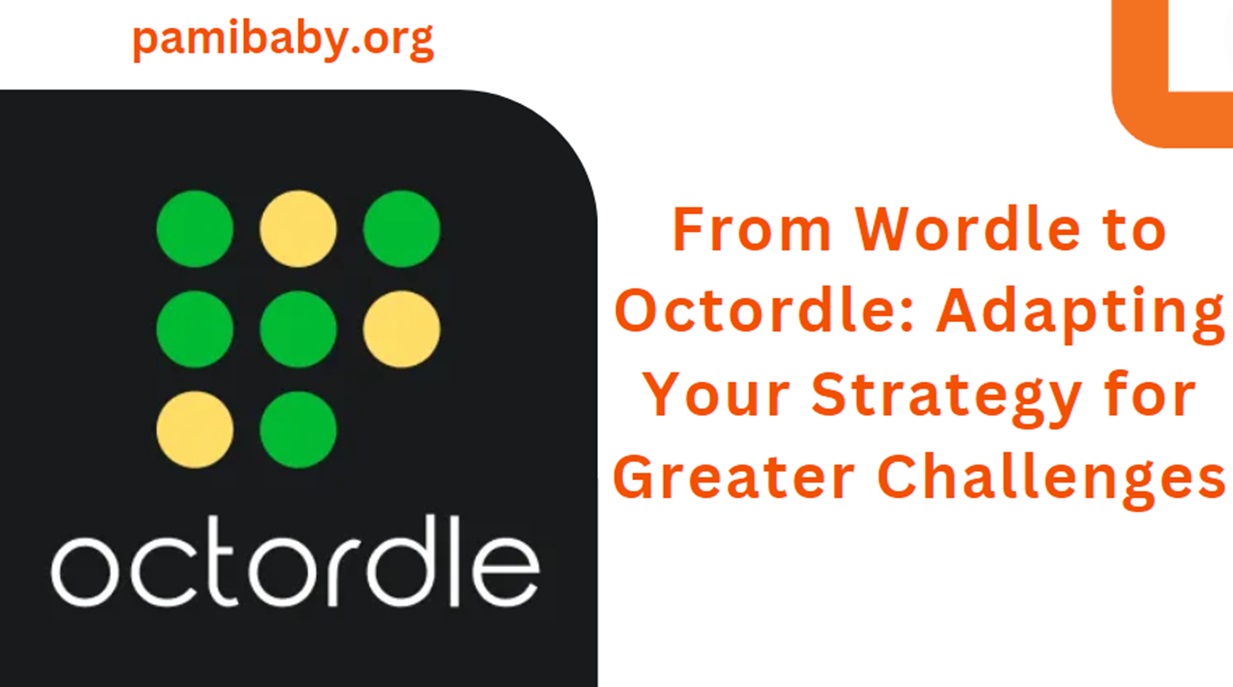Geometry spot refers to a focal point where geometric principles and concepts converge. It can be a physical location, a virtual space, or an abstract idea that brings together the beauty and complexity of geometry. In this article, we will explore the various aspects of geometry spot, delving into its significance, applications, and the profound impact it has on different fields. Whether you are a student, a teacher, or simply a geometry enthusiast, this comprehensive guide will provide you with valuable insights into the world of geometry spot.
Table of Contents
Understanding Geometry Spot
What is a Geometry Spot?
A geometry spot is a point or area where geometric shapes, patterns, and principles are prominently observed and studied. It can be a place where geometric constructions are showcased, or it can be a conceptual space where geometric ideas are explored and applied. The term “geometry spot” encapsulates the essence of geometry as a discipline that is both visual and analytical, offering a unique blend of art and science.
Historical Significance
Geometry has been a fundamental part of human knowledge for thousands of years. Ancient civilizations like the Egyptians, Greeks, and Babylonians used geometric principles in architecture, astronomy, and everyday life. The geometry spot, as a concept, can be traced back to these early civilizations, where specific locations or objects served as focal points for geometric study and application. For example, the pyramids of Egypt are iconic geometry spots, embodying the principles of symmetry, proportion, and spatial reasoning.
Modern Interpretations
In contemporary times, the geometry spot has evolved to encompass a wide range of contexts. It can refer to virtual platforms that facilitate the study of geometry, such as educational websites and software. It can also denote physical spaces like classrooms, museums, and public installations where geometric concepts are highlighted. The modern geometry spot is a dynamic and versatile idea, reflecting the diverse ways in which geometry is integrated into our lives.
The Role of Geometry Spot in Education
Enhancing Learning Experiences
Geometry spot plays a crucial role in enhancing the learning experiences of students. By providing a tangible and visual representation of geometric concepts, it helps students grasp abstract ideas more effectively. Interactive geometry spots, such as digital tools and hands-on activities, allow students to explore and experiment with geometric shapes and patterns, fostering a deeper understanding of the subject.
Digital Tools and Resources
The advent of technology has revolutionized the way geometry is taught and learned. Numerous digital tools and resources are available that serve as virtual geometry spots. These tools offer interactive simulations, visualizations, and problem-solving exercises that engage students and make learning geometry more enjoyable. Examples include:
- Geogebra: A dynamic mathematics software that allows students to explore algebra, geometry, and calculus through interactive graphs and constructions.
- Desmos: An online graphing calculator that helps students visualize and analyze mathematical functions and equations.
- Khan Academy: An educational platform that offers comprehensive lessons and practice exercises in geometry, along with interactive quizzes and videos.
Hands-on Activities
In addition to digital tools, hands-on activities are essential for creating effective geometry spots in the classroom. These activities encourage students to use physical objects to model and explore geometric concepts. Some examples of hands-on geometry activities include:
- Geometric Constructions: Using a compass, straightedge, and protractor to create precise geometric shapes and figures.
- Tessellations: Exploring patterns formed by repeating shapes that fit together without gaps or overlaps.
- 3D Models: Building three-dimensional shapes using materials like clay, paper, or building blocks to understand concepts such as volume and surface area.
Promoting Critical Thinking
Geometry spot also promotes critical thinking skills by challenging students to analyze and solve complex problems. The study of geometry involves reasoning, logic, and spatial awareness, which are essential components of critical thinking. By engaging with geometry spots, students learn to approach problems systematically, identify patterns, and develop strategies for finding solutions.
Encouraging Creativity
The intersection of art and geometry is a fertile ground for creativity. Geometry spots that emphasize the artistic aspects of geometry, such as symmetry, balance, and aesthetics, inspire students to think creatively. Activities like creating geometric art, exploring fractals, and designing geometric patterns allow students to express their creativity while deepening their understanding of geometric principles.
Applications of Geometry Spot in Various Fields
Architecture and Design
One of the most prominent applications of geometry spot is in the field of architecture and design. Architects and designers use geometric principles to create structures that are not only functional but also aesthetically pleasing. Geometry spots in this context can refer to iconic buildings, landmarks, and public spaces that showcase the beauty and utility of geometric design.
Examples of Geometric Architecture
- The Parthenon: An ancient Greek temple that exemplifies the use of symmetry, proportion, and the golden ratio in architecture.
- The Louvre Pyramid: A modern glass and metal pyramid in Paris that demonstrates the application of geometric shapes and patterns in contemporary design.
- The Sydney Opera House: An iconic building with a unique design inspired by the sails of a ship, showcasing the use of complex geometric forms in architecture.
Art and Visual Culture
Geometry has always been a source of inspiration for artists. The geometry spot in the realm of art can be found in various forms, from geometric patterns in traditional art to modern abstract paintings. Artists use geometric shapes, lines, and symmetry to create visually striking and thought-provoking works.
Geometric Art Movements
- Cubism: An early 20th-century art movement that emphasized the use of geometric shapes and fragmented forms to depict objects from multiple perspectives.
- Constructivism: A Russian avant-garde movement that employed geometric shapes and abstract forms to convey political and social messages.
- Op Art: A genre of visual art that uses geometric patterns and optical illusions to create dynamic and visually engaging works.
Science and Technology
In science and technology, geometry spot refers to the application of geometric principles in various disciplines. Geometry plays a vital role in fields such as physics, engineering, computer science, and robotics. It provides the foundation for understanding the physical world and developing innovative technologies.
Examples of Geometric Applications in Science and Technology
- Physics: The study of shapes, angles, and dimensions is crucial for understanding the properties of space, time, and matter. Geometry spot in physics includes the use of geometric models to describe the behavior of particles, waves, and forces.
- Engineering: Engineers use geometric principles to design and analyze structures, machines, and systems. Geometry spot in engineering includes the use of CAD (Computer-Aided Design) software to create precise geometric models and simulations.
- Computer Graphics: Geometry is fundamental to computer graphics, where it is used to create and manipulate images, animations, and virtual environments. Geometry spot in computer graphics includes the development of algorithms for rendering, modeling, and visualization.
Nature and the Environment
Nature is a rich source of geometric patterns and shapes. Geometry spot in the natural world can be observed in the intricate designs of flowers, the symmetry of snowflakes, and the fractal patterns of coastlines and mountains. Studying these natural geometry spots provides insights into the underlying principles of growth, form, and structure.
Examples of Geometric Patterns in Nature
- Fractals: Complex patterns that repeat at different scales, found in natural phenomena such as lightning, tree branches, and coastlines.
- Symmetry: The balanced and proportional arrangement of parts, observed in the shapes of leaves, flowers, and animals.
- Spirals: Curved patterns that wind around a central point, seen in shells, hurricanes, and galaxies.
Geometry Spot in Popular Culture
Films and Literature
Geometry has found its way into popular culture through films and literature. Many works of fiction and cinema use geometric concepts and imagery to convey themes, create visual effects, and enhance storytelling.
Examples of Geometry in Popular Culture
- Inception: A science fiction film that explores the concept of dream layers and uses geometric shapes and patterns to depict the dream world.
- Flatland: A satirical novella by Edwin A. Abbott that uses geometric shapes and dimensions to critique Victorian society and explore philosophical ideas.
- The Da Vinci Code: A mystery thriller that incorporates geometric symbols and patterns in its plot, highlighting the significance of geometry in art and history.
Games and Puzzles
Games and puzzles are another area where geometry spot is prominently featured. Geometric puzzles challenge players to think logically and spatially, while geometric games incorporate shapes, patterns, and strategies that engage the mind.
Examples of Geometric Games and Puzzles
- Tetris: A classic video game that involves arranging geometric shapes to form complete lines.
- Tangrams: A traditional Chinese puzzle that requires creating shapes and figures using seven geometric pieces.
- Rubik’s Cube: A 3D combination puzzle that challenges players to align the colors on each face of a cube, demonstrating principles of spatial reasoning and geometry.
The Future of Geometry Spot
Innovations in Education
The future of geometry spot in education looks promising, with advancements in technology and pedagogy. Virtual reality (VR) and augmented reality (AR) are expected to play a significant role in creating immersive and interactive geometry spots. These technologies will allow students to explore geometric concepts in a 3D environment, enhancing their understanding and engagement.
Examples of Future Innovations
- VR Geometry Labs: Virtual reality environments where students can manipulate and interact with geometric shapes and constructions in a simulated space.
- AR Learning Apps: Augmented reality applications that overlay geometric information and visualizations onto the physical world, providing real-time feedback and guidance.
Expanding Applications
The applications of geometry spot are likely to expand into new fields and industries. As our understanding of geometry continues to evolve, it will find new uses in areas such as biotechnology, artificial intelligence, and environmental science.
Potential Future Applications
- Biotechnology: Using geometric principles to model and understand the structures and functions of biological molecules and systems.
- Artificial Intelligence: Developing algorithms and models based on geometric concepts to enhance machine learning and pattern recognition.
- Environmental Science: Applying geometric analysis to study and solve environmental problems, such as mapping ecosystems and modeling climate change.
Geometry Spot as a Catalyst for Interdisciplinary Collaboration
Geometry spot has the potential to serve as a catalyst for interdisciplinary collaboration, bringing together experts from different fields to solve complex problems and create innovative solutions. By fostering a deeper understanding of geometric principles and their applications, geometry spot can inspire new ideas and approaches that transcend traditional boundaries.
Conclusion
Geometry spot is a multifaceted concept that encompasses the study, application, and appreciation of geometric principles and patterns. From its historical roots in ancient civilizations to its modern interpretations in education, art, science, and technology, geometry spot continues to be a source of fascination and inspiration. As we look to the future, the potential of geometry spot to enhance learning, drive innovation, and foster collaboration is immense. Whether you are exploring geometric concepts in the classroom, admiring geometric art, or applying geometric principles in your work, the geo metry spot is a place where the beauty and complexity of geometry come to life.








